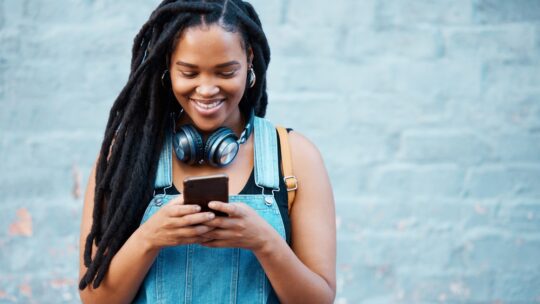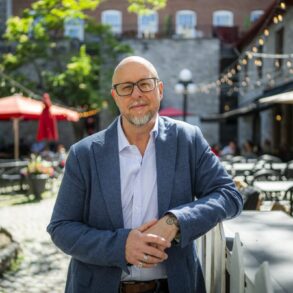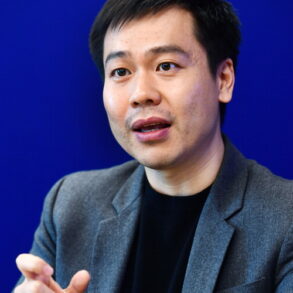
While the foundations of social media strategy—goals, knowing the audience, measuring engagement, etc.—has stayed the same, much of the execution has changed. That’s what attendees of the July 17 PRNEWS Digital Learning Series workshop: “Social Media for PR Campaigns,” learned to be the current state of social when considering newer platforms like TikTok and features such as YouTube Shorts for engaging with younger audiences like Gen Z.
Knowledgable presenters and panelists for the workshop included Carolyn Cohen, Senior Marketing Manager- Social Media at H&R Block, Melanie McGovern, Director of PR and Social Media for the International Association of Better Business Bureaus, Rachel Winer, Executive Vice President of Digital and Paid Media at ROKK Solutions, Destiny K. Chambers, Vice President, Head of Marketing at /prompt., Freddy McLaughlin, SVP of Analytics at /prompt., Gabriel Gomez, Social Media Strategist at Verizon and Victoria Mendoza, Director of Conversation Design at University of Southern California. The group delivered updated best practices for all elements of social media in the PR process including essential platforms for right now, AI for content creation, reaching Gen Z and more.
Everything About Social Platform Preferences Has Changed
Cohen, who presented “Essential Social Platforms NOW: What to Focus on, What to Forget,” referenced Oreo’s famous “dunk in the dark” post that went absolutely bananas viral in 2013 during a blackout at the Super Bowl. The campaign now serves as a historical reference of excellence for anyone wanting to learn about successful watershed moments in the history of social media communications. However, Cohen says, you probably could not do the Oreo post today to the same fanfare.
“There’s just too much content on too many platforms now,” she noted. Back then, everyone used Twitter during major cultural events, creating a groundswell of global community in real time.
Now, social media users swarm TikTok and according to a study she shared, users are spending about 1.5 hours a day on the platform, watching dozens of short videos from different niches that account to about the length of a movie. In fact, the study showed that users spent more time on TikTok than Netflix per day.
The Future of Social Media Is Brimming with AI
Chambers and McLaughlin showed how their agency, /prompt., is going full speed ahead with creative AI integrations and innovations to make not only their work flow more efficient, but provide some truly creative experiences when it comes to campaigns.
“AI does not actually replace creativity—it simply augments it,” Chambers noted.
The duo gave an informed rundown on what they saw for the not-so-distant future when it comes to creating with AI. The list included:
- Hyper-Personalized Content: Social media feeds will curate content experiences tailored to each user’s unique preferences and interests.
- Real-Time Content Optimization: AI will analyze engagement in real-time, allowing you to refine your content and campaigns on the fly for maximum impact.
- Emotionally Intelligent Content Creation: AI will understand user sentiment and generate content that evokes the desired emotional response from your target audience.
Spend Time Monitoring Trends
Since the X, formerly known as Twitter, trending list no longer relies on the former trustworthy complex algorithm of the former Twitter News team, it may take more time for you to spot a trend. Unless you have a teenager at home, younger employees on your staff, or spend hours a day on TikTok, it takes a little more elbow grease to figure out what Gen Z is talking about and what they gravitate towards.
During “How Gen Z is Using Social Media Today” Gomez and Mendoza explained their staff process for following and deciding when to jump on trends, as well as tools used for finding those opportunities.
Mendoza mentioned using the creative management platform Plot for social monitoring and ideation within her team. She also touted TikTok’s Creative Center, an ads platform that shows the latest trending videos, creators, hashtags and even video songs and sounds.
A full, recorded version of the workshop with all sessions and takeaways, can be found here.
This post was originally published on this site be sure to check out more of their content







